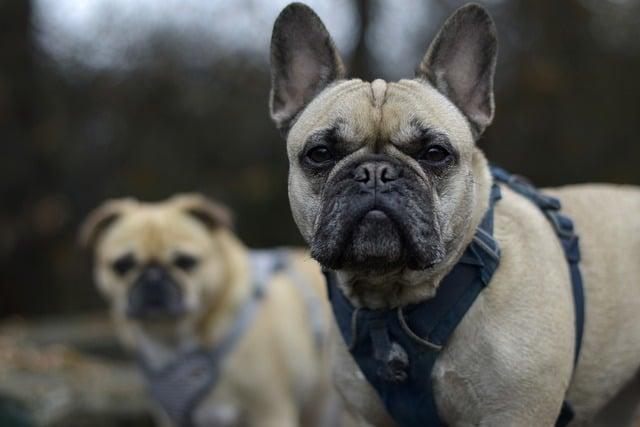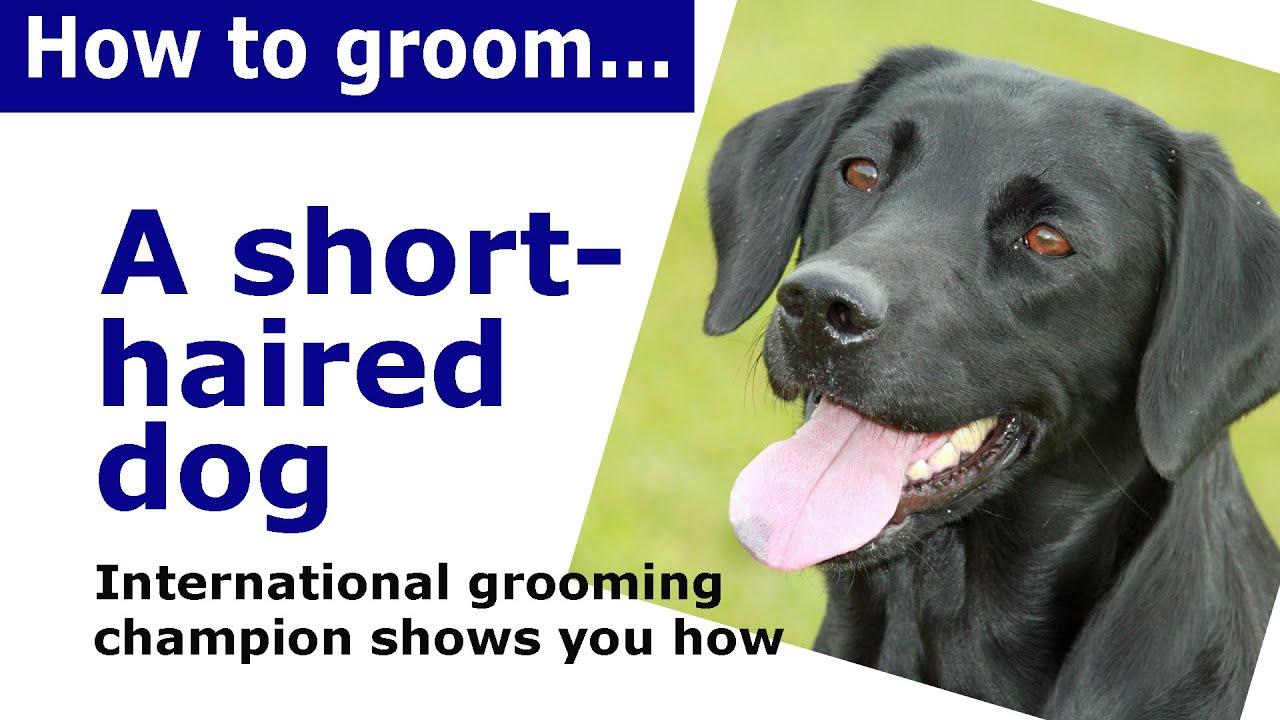Grooming your short-haired dog might seem like a straightforward task, but these sleek-coated companions have their own set of grooming needs that require thoughtful attention. Whether you’re a seasoned pet owner or a new dog parent, taking the time to understand the nuances of caring for your short-haired friend can enhance their health and well-being while strengthening the bond you share. In this guide, we’ll explore essential tips and techniques to ensure your dog’s coat remains shiny, their skin healthy, and their spirits high. With a warm and gentle approach, you’ll learn how to transform grooming sessions into enjoyable moments of connection and care for both you and your furry companion.
Choosing the Right Tools for Your Short-Haired Friend
When it comes to grooming your short-haired canine companion, the right tools can make all the difference. While they may not require the extensive grooming routines of their long-haired counterparts, having a few essential items on hand can ensure their coat remains sleek and healthy. Consider incorporating the following tools into your grooming kit:
- Rubber Brush: Ideal for short-haired breeds, rubber brushes help to remove loose hair and stimulate the skin, promoting natural oil production for a shiny coat.
- Bristle Brush: A soft bristle brush is perfect for removing dirt and debris, especially after a fun day outdoors. It can also be used to distribute natural oils throughout the coat.
- De-shedding Tool: While short-haired dogs may not shed as much as other breeds, a de-shedding tool can help manage shedding during seasonal changes.
- Microfiber Towel: Perfect for quick drying after a bath, microfiber towels are highly absorbent and gentle on your dog’s skin.
Investing in these simple tools will not only make grooming a breeze but also provide your furry friend with a soothing and enjoyable experience.

Mastering the Bath: Techniques for a Stress-Free Experience
Creating a tranquil bathing environment for your short-haired canine companion can transform a routine task into a bonding experience. Start by gathering all necessary supplies in advance, including a gentle dog shampoo, soft towels, and a non-slip mat for safety. Ensure the water temperature is lukewarm, as extreme temperatures can cause discomfort. Before you begin, take a few moments to brush your dog, removing any loose fur and minimizing shedding during the bath.
Once you’re ready, use these techniques to make the process smooth and enjoyable:
- Use positive reinforcement: Offer treats and praise throughout to encourage calm behavior.
- Slow and steady: Pour water gently, starting from the neck and working towards the tail, to avoid startling your pet.
- Mind the face: Use a damp cloth to clean around the eyes and ears, preventing water from entering sensitive areas.
- Rinse thoroughly: Leftover shampoo can irritate the skin, so ensure all soap is washed away.
- Dry with care: Pat your dog dry with a towel, avoiding vigorous rubbing that can damage their coat.
By following these steps, you’ll create a serene and stress-free bathing ritual that both you and your dog will appreciate.
Brushing Basics: Keep That Coat Shiny and Healthy
To maintain the luster and health of your short-haired dog’s coat, regular brushing is essential. This not only keeps their coat looking sleek but also helps to distribute natural oils, promoting skin health. Here are some key tips to make brushing effective and enjoyable for both you and your furry friend:
- Choose the Right Brush: Opt for a soft-bristle or rubber brush, which is gentle on the skin and helps remove loose hair effectively.
- Establish a Routine: Aim to brush your dog at least once a week. Consistency helps in reducing shedding and keeps the coat in top condition.
- Check for Skin Issues: While brushing, look out for any signs of irritation or parasites. Early detection can prevent more serious health problems.
- Make it a Bonding Experience: Use this time to bond with your pet. Offer treats and plenty of praise to make the experience positive and stress-free.
By incorporating these practices into your grooming routine, you’ll ensure your short-haired dog not only looks good but also feels great.
Ear and Nail Care: Essential Steps for Overall Well-being
Maintaining your dog’s ear and nail health is a fundamental part of their grooming routine, ensuring their comfort and overall well-being. Ear care for short-haired breeds involves regular inspections to prevent infections. Gently clean your dog’s ears with a vet-recommended solution, using a soft cloth or cotton ball. Be cautious not to insert anything into the ear canal, as this can cause damage. Keep an eye out for any unusual odors or discharge, which may require a vet’s attention.
Nail trimming is equally crucial, as overgrown nails can lead to discomfort and even injury. Equip yourself with a high-quality dog nail clipper or grinder. If your dog is new to nail trimming, introduce the tools slowly to avoid anxiety. Clip the nails in small increments, ensuring you don’t cut into the quick, the sensitive part of the nail. If you’re unsure, consider seeking guidance from a professional groomer. Regular trims every 3-4 weeks will help keep your furry friend’s paws healthy and pain-free.
- Inspect regularly: Check ears weekly and nails bi-weekly.
- Be gentle: Use gentle motions to clean ears and trim nails.
- Seek professional help: If unsure, consult a vet or groomer.
- Stay calm: Keep the experience positive to reduce stress for your pet.

